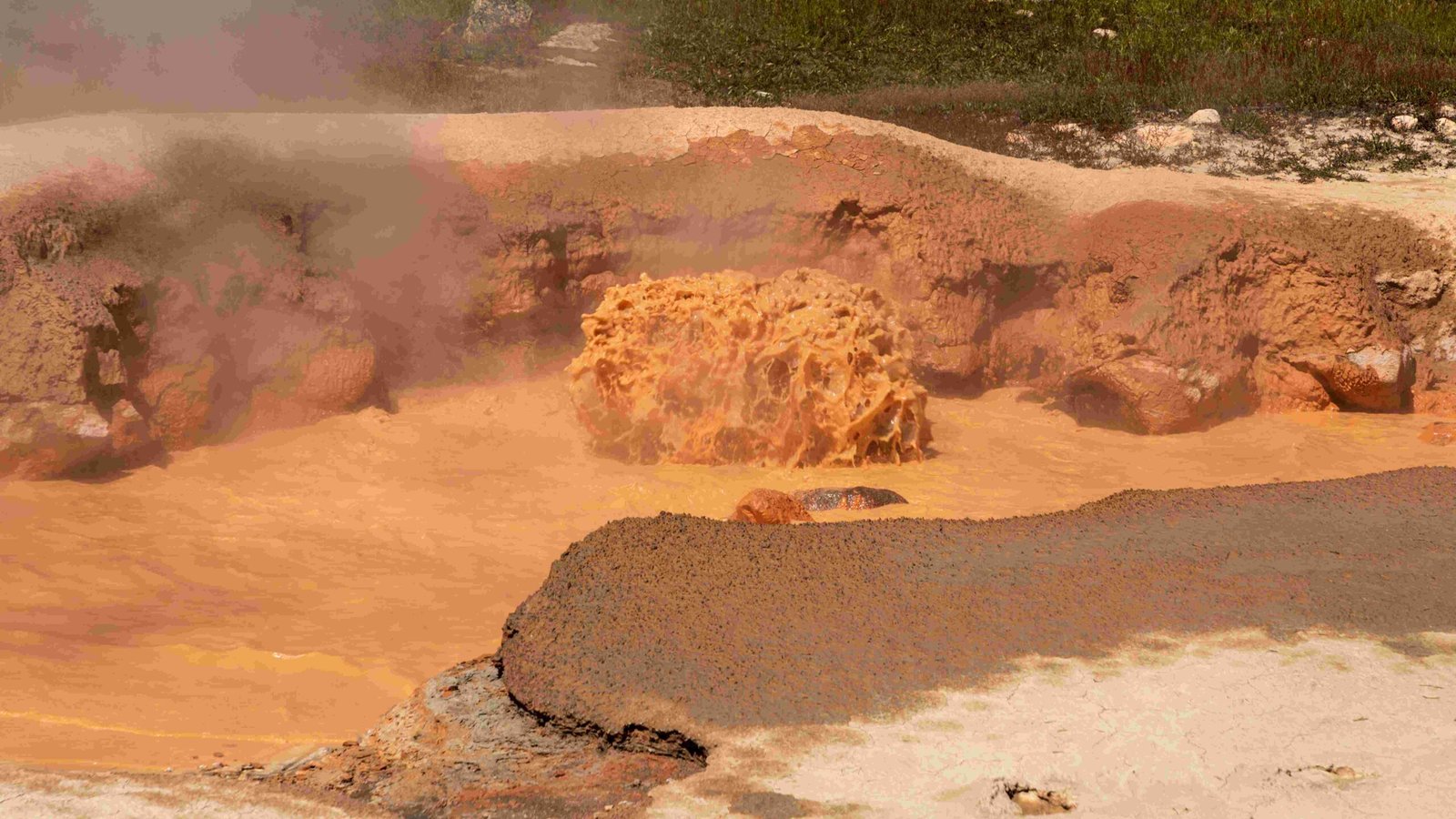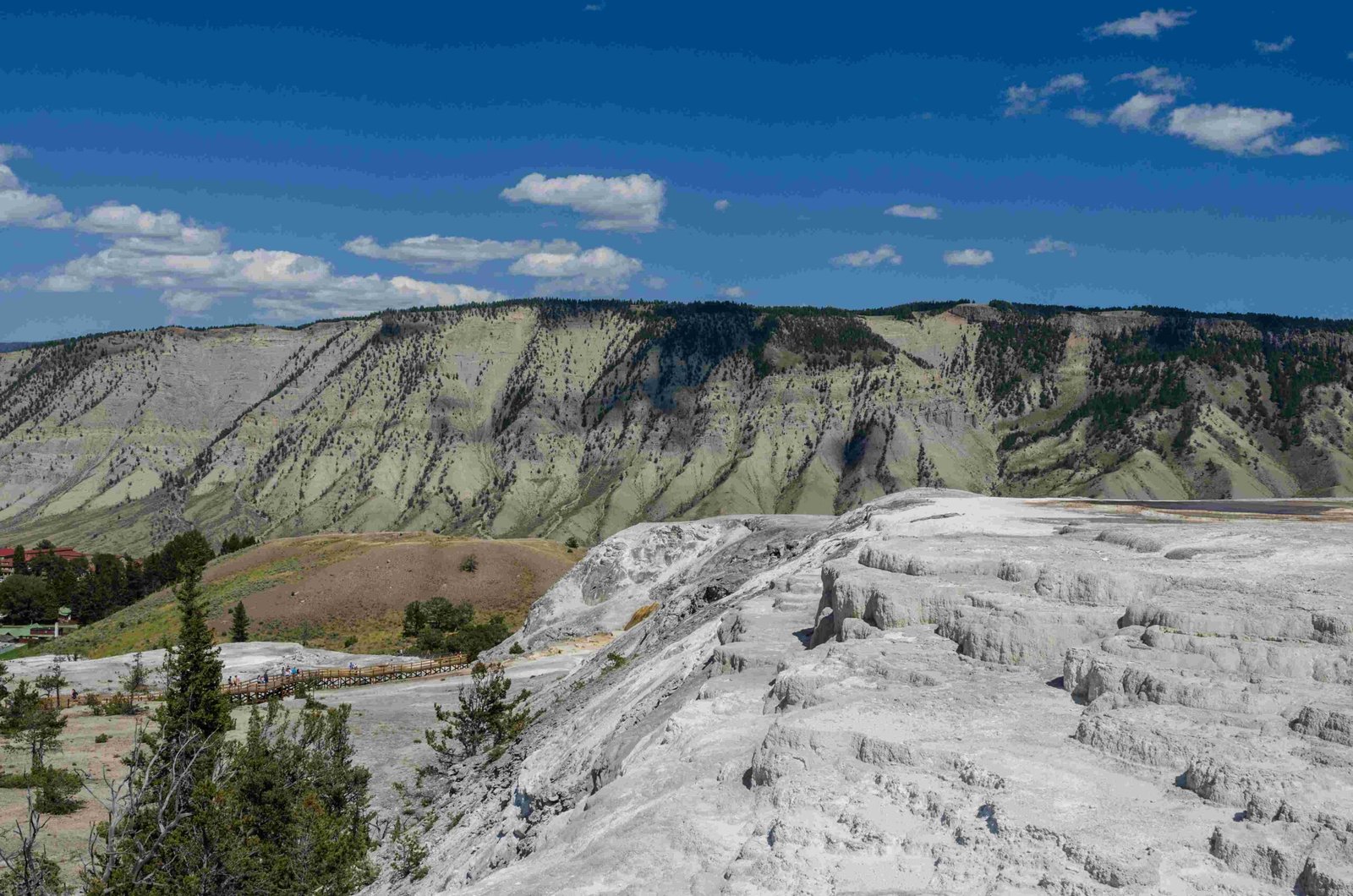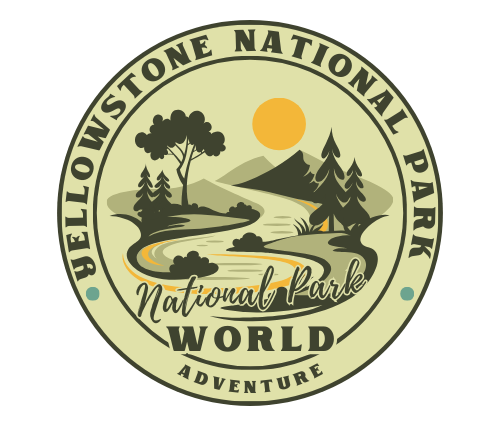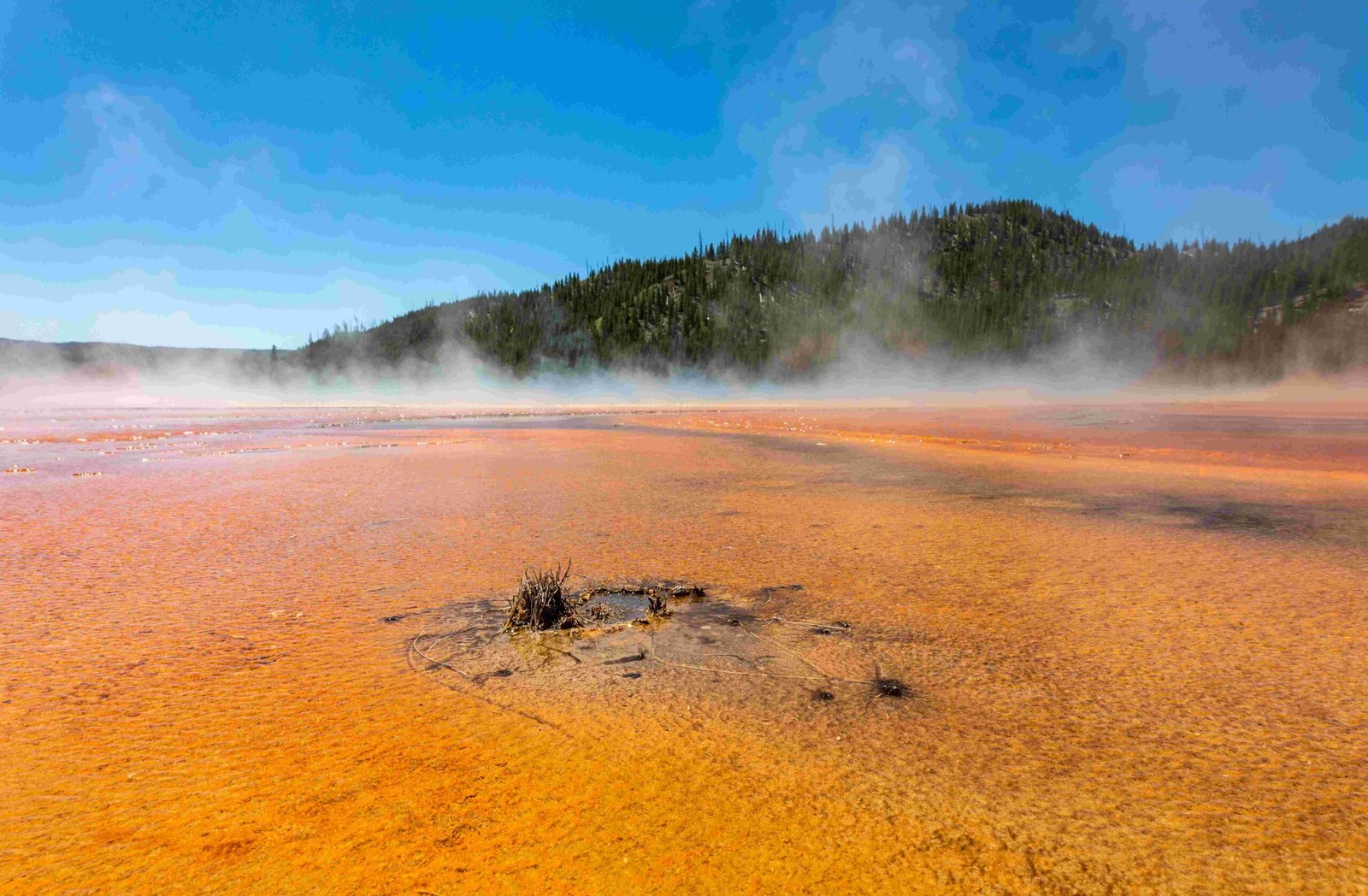Native American mythology about Yellowstone National Park is a rich tapestry of creation stories, legends, and spiritual beliefs. Various tribes, including the Crow, Kiowa, Shoshone, and others, have deep connections to this land of geothermal wonders. Their myths explain the origins of geysers, hot springs, and lakes, while also highlighting the area’s spiritual significance. These stories reflect a profound respect for nature and the belief in powerful spirits inhabiting the park’s unique features.
What Are the Key Legends and Creation Stories?

Native American mythology surrounding Yellowstone National Park is diverse and fascinating, reflecting the various tribes that have lived in and around the area for millennia. Let’s explore some of the most significant legends and creation stories:
Crow Legends
- The Legend of Old Woman’s Grandchild
- A powerful Crow hunter created some of Yellowstone’s geysers
- Turned animals into mountains and geysers
-
Killed a buffalo and mountain lion, which became geysers still breathing hot air
-
The Thunderbird and the Water Beast
- Involves a Crow man and a thunderbird
- They killed a giant water beast by pouring hot rocks and water into its mouth
- This action created the steam vents around Yellowstone Lake
Kiowa Creation Story
- Centered around Dragon’s Mouth near Mud Volcano
- The creator deity Doh Ki offered the Kiowa a homeland
- Condition: Journey to a barren wasteland with steaming vents and hot water
- This place was called Tung Sa’u Dah, meaning “the place of hot water”
Shoshone Legend of Coyote
- Coyote, disguised as a hungry traveler, caused the creation of Yellowstone Lake
- Knocked over Mother Earth’s basket of fish
- Spilled contents turned into Yellowstone Lake
- Water flowing from it formed the Yellowstone and Snake rivers
How Did Native Americans View the Spiritual Significance of Yellowstone?

The spiritual significance of Yellowstone to Native American tribes cannot be overstated. Their beliefs and practices were deeply intertwined with the land:
-
Friendly Spirits: Contrary to early park administrators’ beliefs, tribes saw Yellowstone as filled with helpful spirits, not malevolent ones.
-
Medicinal Uses: Thermal waters were used for healing purposes.
-
Spiritual Ceremonies: Hot springs were integral to various religious rituals.
-
Practical Applications: The Tukudika (Sheep Eaters) used hot springs to shape bighorn sheep horns into bows.
-
Resource Gathering: The area was crucial for hunting, fishing, gathering plants, and quarrying obsidian.
-
Trade Center: Tribes engaged in trade within the park, exchanging goods and resources.
What Specific Locations Hold Cultural or Spiritual Significance?
Several locations within Yellowstone National Park hold special significance in Native American mythology:
| Location | Significance |
|---|---|
| Yellowstone Lake and Steam Vents | Associated with Crow legend of the water beast and thunderbird |
| Dragon’s Mouth near Mud Volcano | Central to Kiowa creation story, considered a sacred site |
| Obsidian Cliff | Crucial for Tukudika and other Shoshonean groups for quarrying high-quality obsidian |
| Fishing Bridge Area | Served as a rendezvous site for various tribes, including Shoshone and Bannock |
How Can Visitors Respect Native American Heritage in Yellowstone?
When visiting Yellowstone National Park, it’s crucial to respect the cultural and spiritual significance of these sites:
-
Preserve Natural Resources: Follow park guidelines to protect both natural and cultural resources.
-
Leave No Trace: Do not disturb or remove any artifacts you may encounter.
-
Educate Yourself: Learn about the Native American history and mythology of the area before your visit.
-
Respect Sacred Sites: Be mindful of the spiritual significance of certain locations within the park.
-
Follow Park Rules: Adhere to all park regulations, which are designed to protect both the environment and cultural heritage.
-
Seek Information: Check with park rangers for specific information about accessing culturally significant areas and any restrictions that may be in place.
What Tribes Have Historical Connections to Yellowstone?
Several Native American tribes have deep historical connections to the Yellowstone region:
- Crow
- Blackfeet
- Flatheads
- Kiowa
- Shoshone
- Bannock
- Nez Perce
Each tribe had its own names for the region, reflecting their unique perspectives and experiences:
- Crow: \”Land of the burning ground\” or \”Land of vapors\”
- Kiowa: \”Place of hot water\”
These names highlight the significance of the geothermal features in tribal lore and daily life.
How Did Native Americans Use Yellowstone’s Resources?
Native American tribes utilized Yellowstone’s resources in various ways:
-
Hunting: The abundant wildlife provided sustenance for many tribes.
-
Fishing: The rivers and lakes were rich sources of fish.
-
Plant Gathering: Various plants were collected for food, medicine, and other uses.
-
Mineral Collection: Tribes gathered minerals for practical and ceremonial purposes.
-
Obsidian Quarrying: High-quality obsidian was extracted for tools and trade.
-
Thermal Water Use: Hot springs were used for cooking, medicinal purposes, and spiritual ceremonies.
-
Trade: The area served as an important hub for inter-tribal commerce.
This diverse use of resources underscores the deep connection these tribes had with the land and its offerings.
By understanding and respecting Native American mythology about Yellowstone National Park, visitors can gain a deeper appreciation for this natural wonder and the rich cultural heritage it embodies. The legends and spiritual beliefs of these tribes add another layer of wonder to an already awe-inspiring landscape, reminding us of the profound connection between humans and nature that has existed for millennia.
References:
1. https://karenwarrenauthor.com/native-americans-and-yellowstone-national-park.html
2. https://idahocapitalsun.com/2023/10/11/that-myth-about-indigenous-people-being-afraid-of-yellowstone-evidence-histories-say-otherwise/
3. https://www.nps.gov/articles/archeology-debunkingthemyth-fear-of-yellowstone.htm

